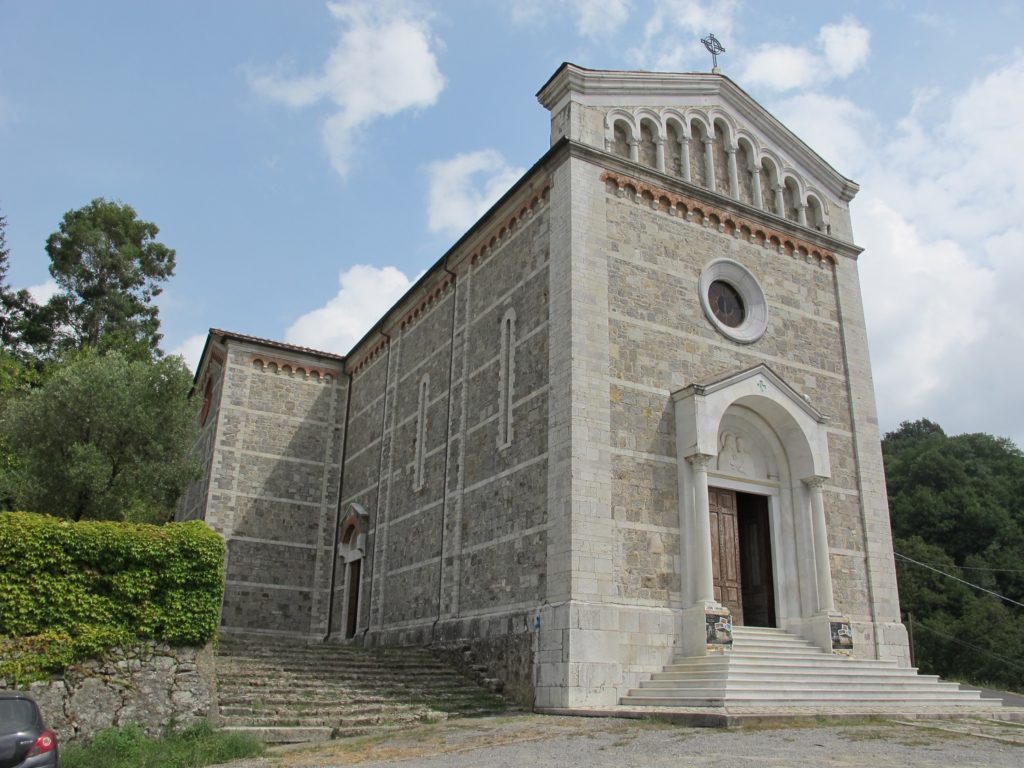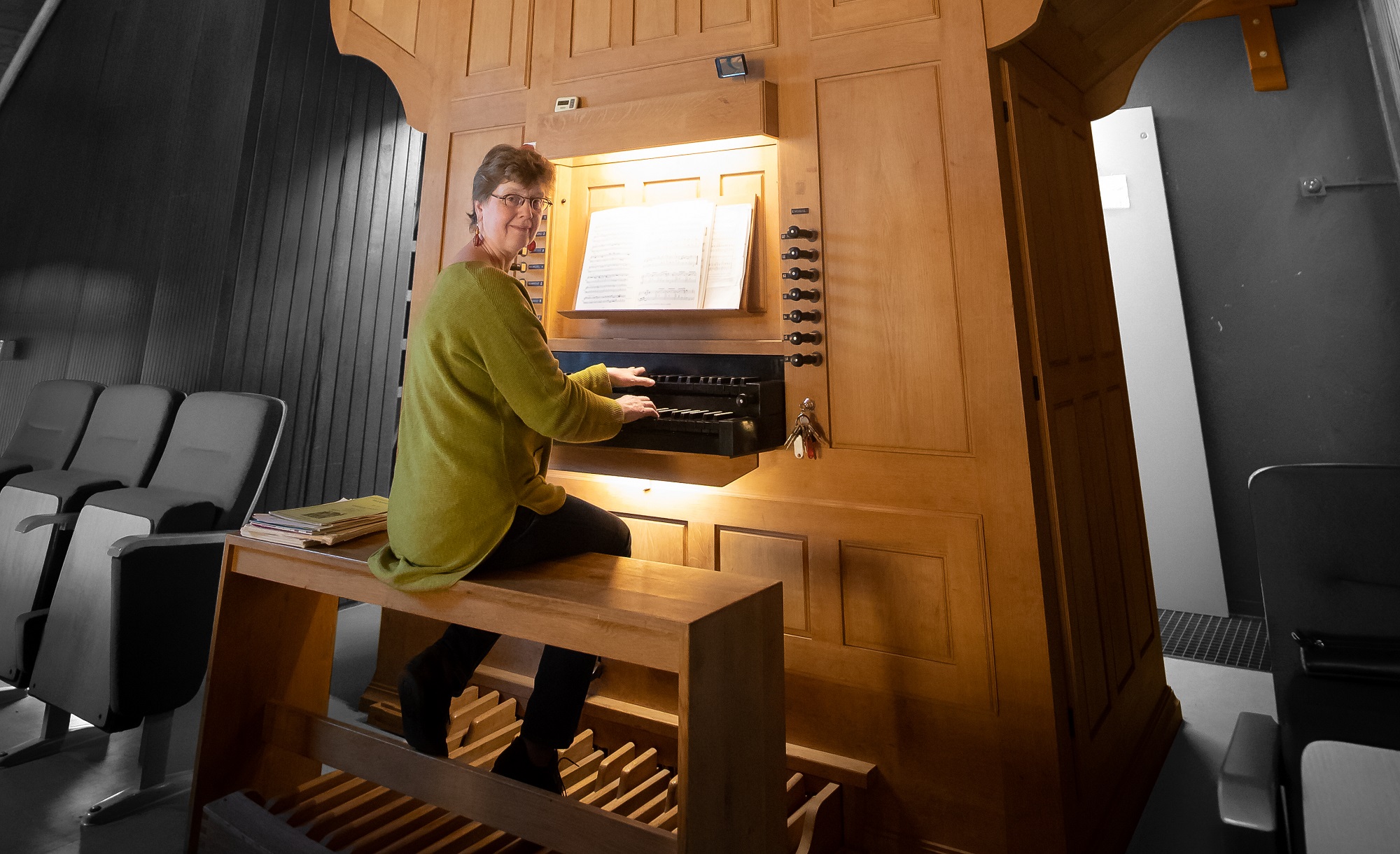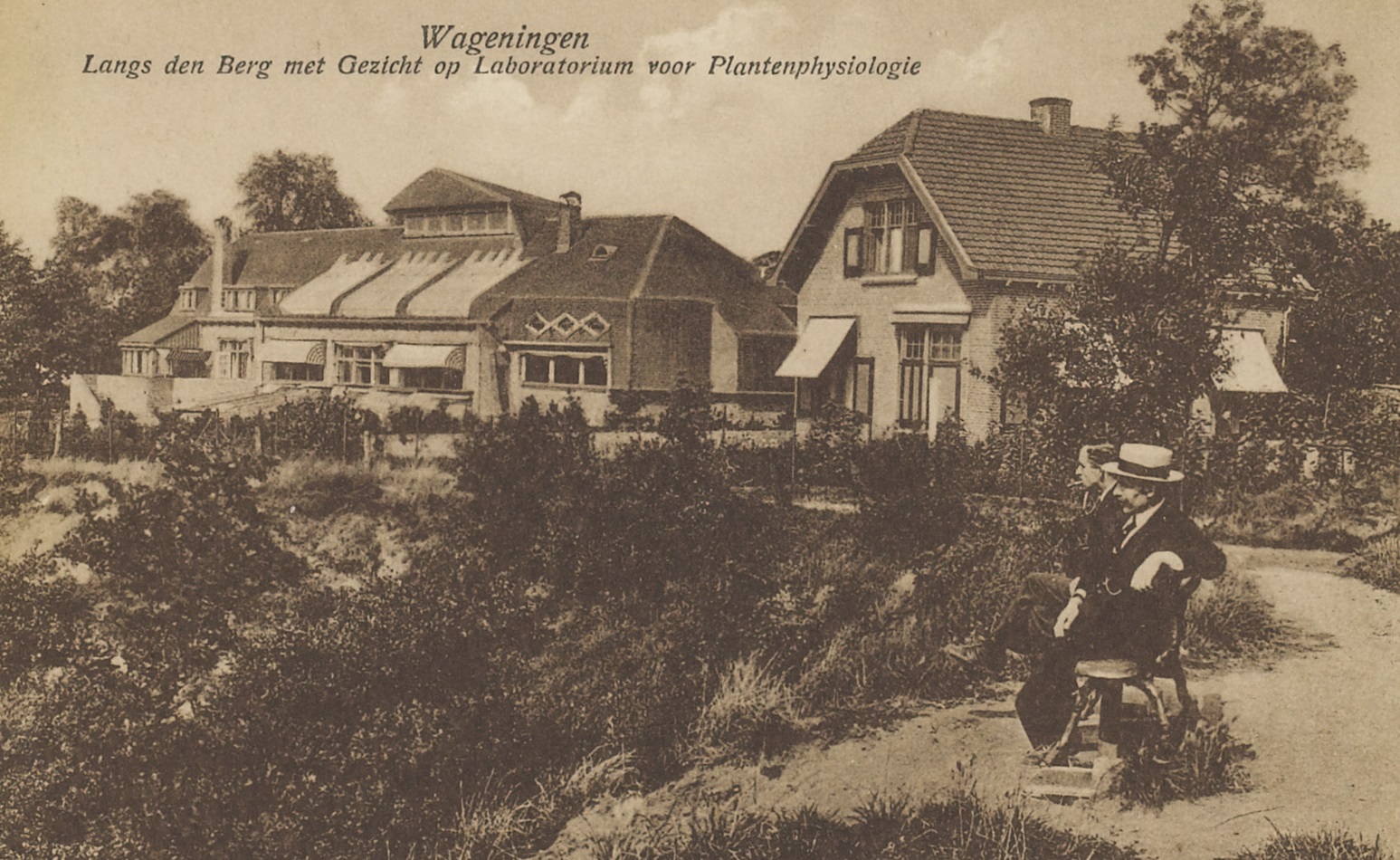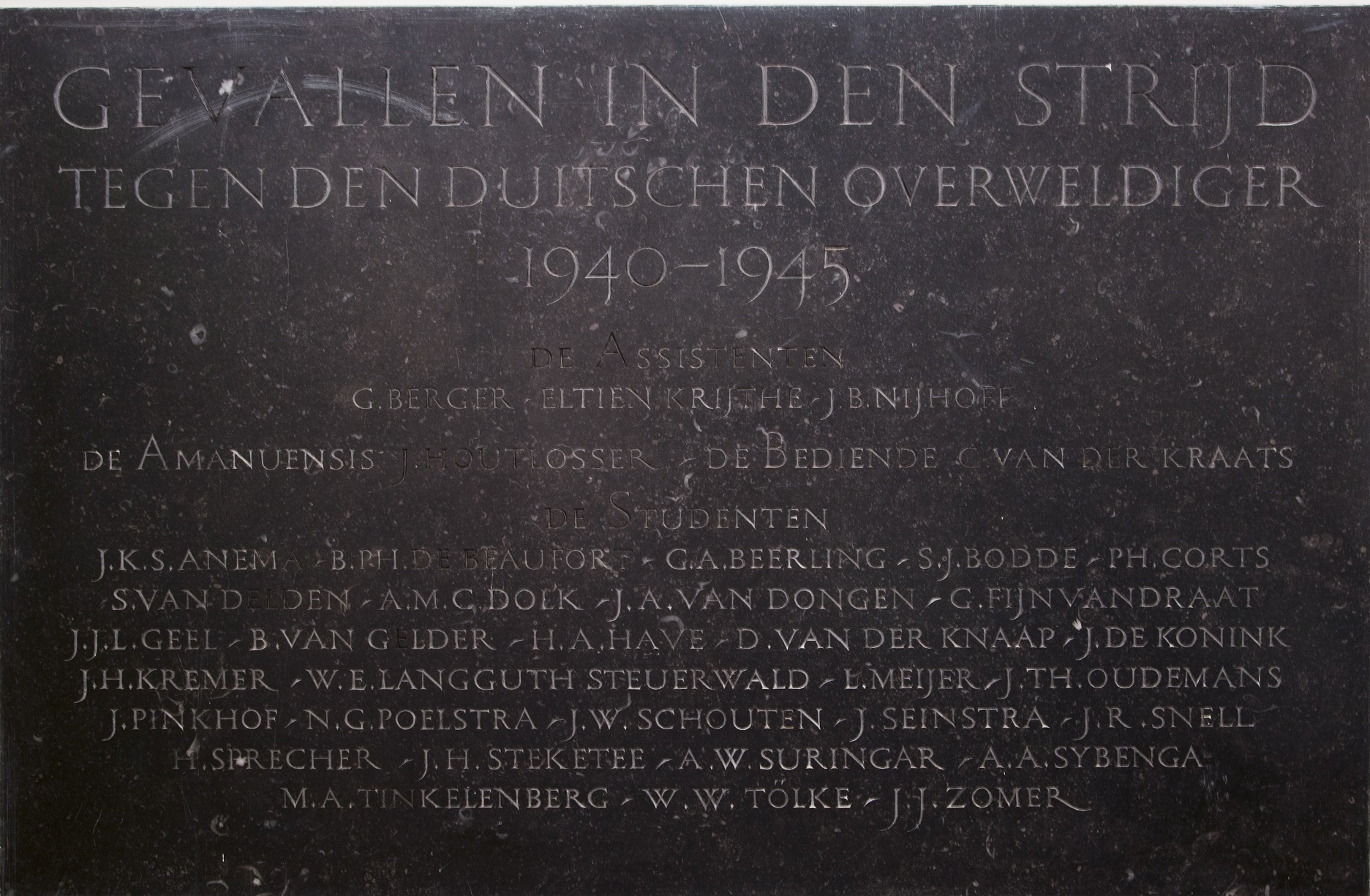What to do with the organ? This question has been the subject of much debate since WUR moved out of Aula. Thousands of PhD and inaugural ceremonies were accompanied by live organ music, but in the “new Aula” Omnia, there is no room for the large instrument. A solution has been found.
Laura Kaper, the project leader of the Heerenstraattheater, made quite the effort to find a new purpose for the instrument once it became clear that WUR no longer wanted it. ‘The Aula is to become part of the Heerenstraattheater. Keeping it was out of the question, as the projector and upper row of seats will be placed in its spot.’ And so, the organ came up for sale.
Value
The search started with inventorying the organ’s cultural and historical value. Jan Jaap Steensma, the organist who plays Utrecht University’s organ, was asked to assess the instrument. Kaper blatantly states: ‘Is it treasure or trash?’. It appears the latter is the case. Although the organ was constructed in 1852, it was fully renovated in 1977. ‘The organ pipes are a mishmash.’
It would be a shame if it weren’t played anymore
Laura Kaper, project leader Heerenstraattheater
Finding a suitable spot for the instrument was not easy. The organ was listed on the Flentrop Orgelbouw site for over a year without any prospective buyers showing interest. Churches in Wageningen were either not interested or unable to pay the 80,000-euro fee to have the instrument moved until Karper found someone willing to move the instrument for 20,000 euros.

That got the affair moving. ‘He has a network across Europe, and through him, we came into contact with a beautiful little church in Italy that was looking for an organ.’ The place in question is the San Pietro Apostolo church in Fiano, a small city north of Lucca. ‘The organ’s surroundings are definitely improved’, says Karper. A glimpse on Google Earth confirms this statement.
Holidays
And so, the Aula’s organ, which was constructed by organ builder Kuhne in Northern Germany, has made its way into Italian hands. ‘And everyone can visit it on their holidays’, Karper says, satisfied. ‘It may not be the best-looking organ; it would still be a shame if it were no longer used.’

 Gonny van der Maten, the dedicated musician playing the Aula organ. Photo Sven Menschel
Gonny van der Maten, the dedicated musician playing the Aula organ. Photo Sven Menschel 

